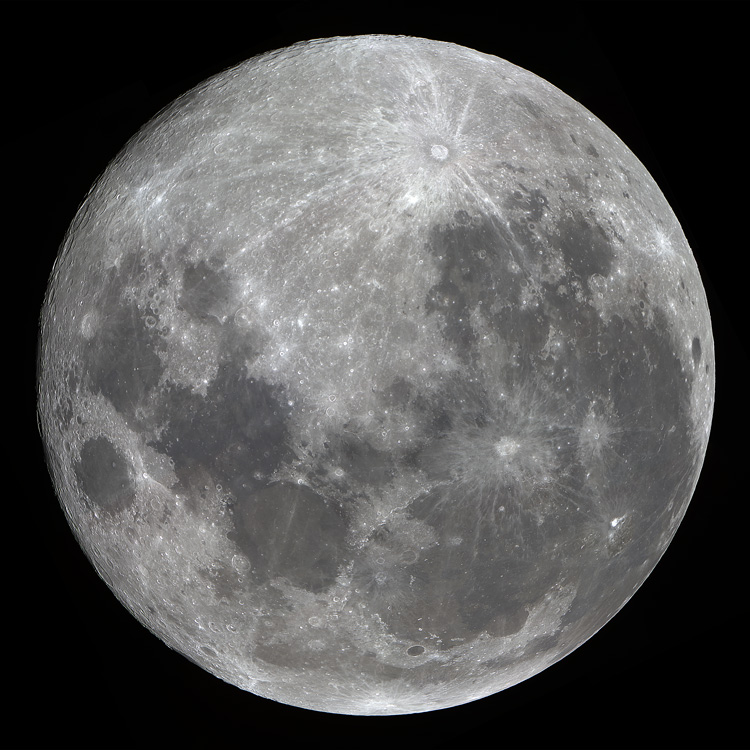
 |
| Date & Time: | Sep 9 2014, 22:10 JST(+0900), mosaic of 12 flames |
| Optical: | Kasai 20cm(7.9") F6 Newtonian (NERO-200DX) (f=1200mm, F6.0) |
| Auto-guided with TAKAHASHI EM-200 Equatorial | |
| Camera: | CELESTRON Skyris445C with IDAS IR-cut filter |
| Location: | Hitachi city, Ibaraki pref. |
| Camera Settings: | 30 flames/sec.×5sec., Exp....1/180sec |
| 140 flames stacked each & Wavelet process with Registax6 |
 |
Moon Age 2.6 |
| Copyright(c) 2014 by Naoyuki Kurita, All rights reserved. | ||
| To top page | To Moon&Planets index |